In an Adruino-like project that is built to deal with worn potentiometers (trimmer pots inside thumbstick, of alps alpine type), I am noticing a consistent set of input reading patterns among all old, overused potentiometers.
The patternis best described as having the input tending to prematurely reach both the lower and higher values away from the mid value, which appears not to be affected.
This is a quick drawing to explain the behavior:
 I'd like to know what could be the probable explanation of this behavior of an old potentiometer as a voltage divider; In other words, could the wearing effect actually change the thicknesses of the resistor hence its electric resistance, leading to change in voltage assessment. Or could the resistance of the old wiper is relatively higher or lower than that of the resistor, leading to such results?
I'd like to know what could be the probable explanation of this behavior of an old potentiometer as a voltage divider; In other words, could the wearing effect actually change the thicknesses of the resistor hence its electric resistance, leading to change in voltage assessment. Or could the resistance of the old wiper is relatively higher or lower than that of the resistor, leading to such results?

